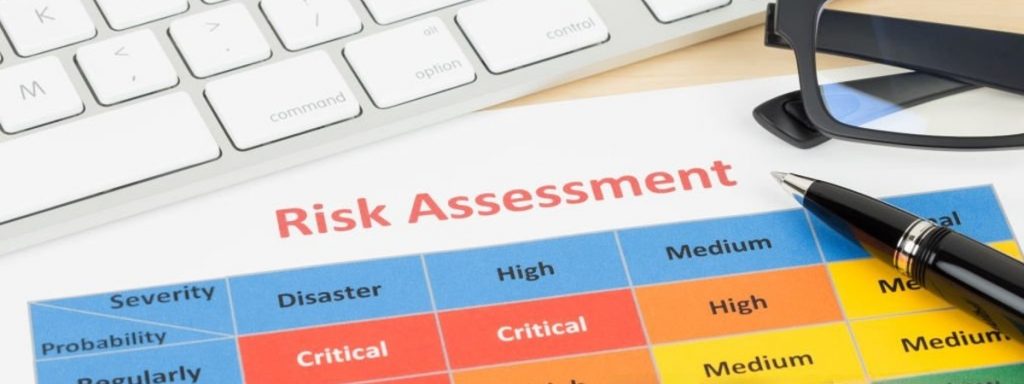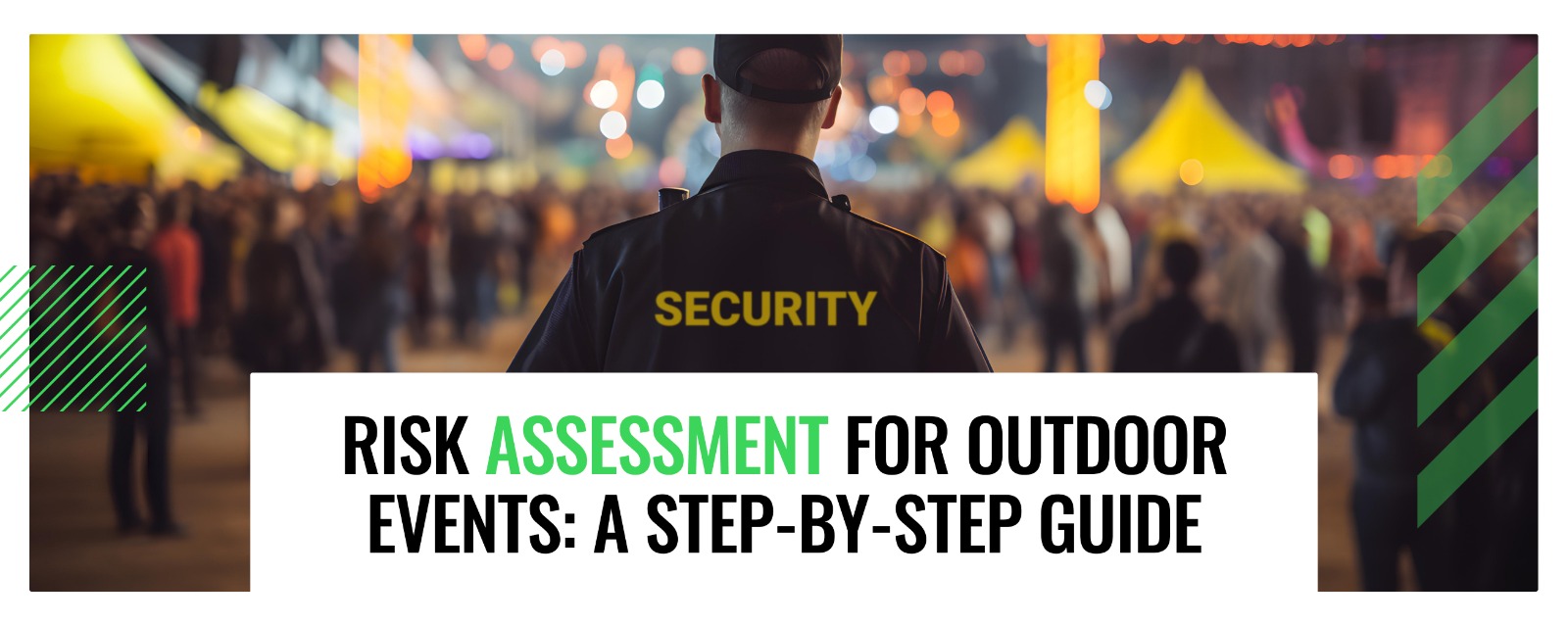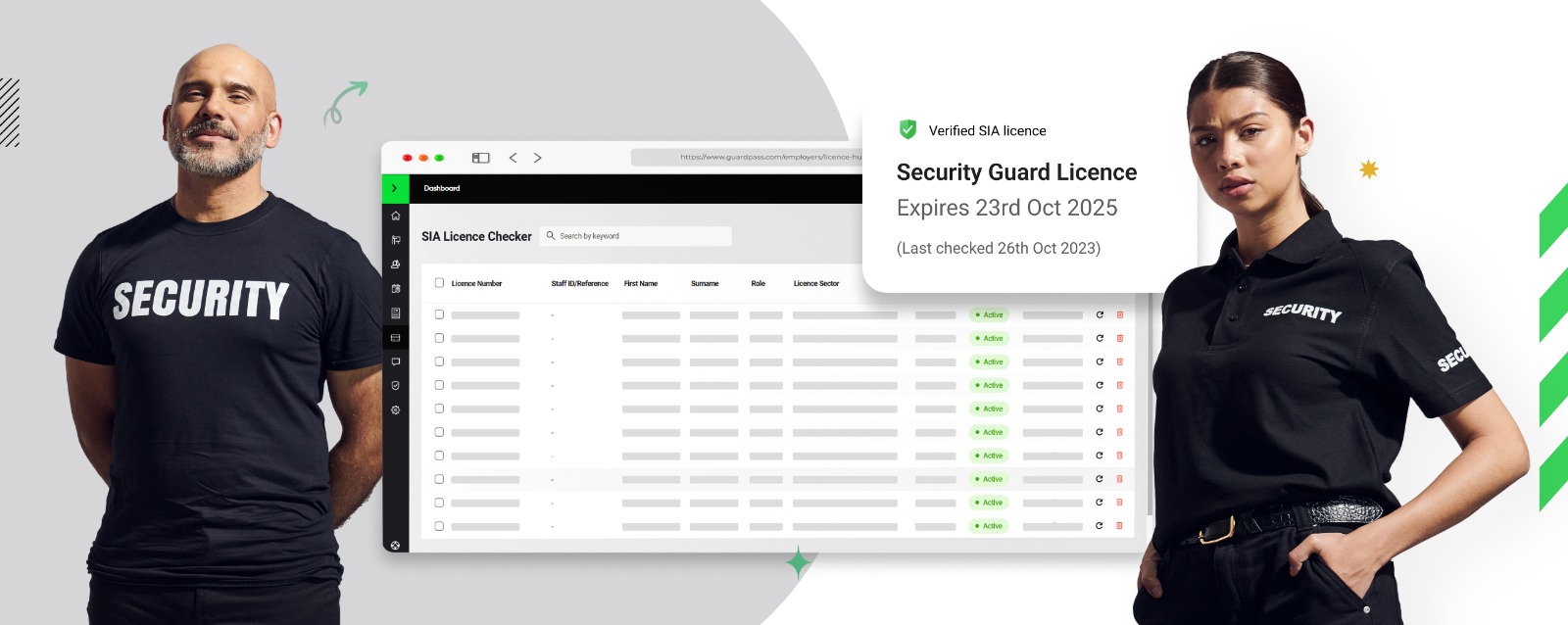Organising an outdoor event? Yes we understand that feeling it’s like preparing for a mission. You wouldn’t head out without a clear plan, right? The same goes for managing risks. As a security employer, you’ve got to cover all bases. Your job is to keep your event safe.
So, how do you go about it? Fret not Our Guide “Risk Assessment for Outdoor Events: A Step-by-Step Guide” breaks it down step-by-step.
Let’s roll.
Understand the Event and Its Environment
Remember that time you’ve been caught off guard by an unexpected element at an event? It’s not a situation you want to be in again. Right? Before you can assess risks, you need to get a solid understanding of the event and its setting. Ask yourself:
✅ What type of event is it? Concert, festival, parade?
✅ What’s the location like? Urban, rural, near water is it a park, a street, or a more confined space?
✅ How many attendees are you expecting?
These questions are your starting point. Think of it as gathering intel before a big operation. The more you know about the event and its setting, the better you can handle risks.
Identify Potential Hazards
Once you have a grasp of the event, the next step is to identify possible hazards. Think about what could go wrong. Don’t fret and think you are being pessimistic; it’s about being realistic. Hazards can be anything from severe weather conditions to crowd control issues or even security breaches.
Common hazards you have consider are:
✅ Weather: Rain, strong winds, extreme heat.
✅ Crowd Control: Overcrowding, stampedes.
✅ Security Threats: Unattended bags, aggressive behaviour.
💡Pro Tip: Walk through the venue beforehand. Spot potential trouble areas. A seemingly small detail can turn into a big problem anytime.
Evaluate the Risks

After identifying the hazards, evaluate the risks associated with each one. This involves looking at the likelihood of the hazard occurring and the potential impact it could have. For example, if the event is in summer, the risk of heat exhaustion is higher, and you need to plan accordingly.
Risk Evaluation Criteria:
✅ Likelihood: How probable is it that the hazard will occur?
✅ Impact: What would be the consequences if it does occur?
💡Suggestion: Have you used a risk matrix before? It’s a simple tool that helps you visualise and prioritise risks, ensuring you focus on the most critical ones first.
Implement Mitigation Measures

Now that you’ve identified and evaluated the risks, it’s time to put mitigation measures in place. This is where your planning pays off. For each identified risk, determine what actions you can take to either eliminate or reduce it to an acceptable level.
Mitigation Measures:
✅ Weather: Have tents or shelters, provide water stations.
✅ Crowd Control: Use barriers, have clear signage, ensure adequate staffing.
✅ Security: Conduct bag checks, have visible security presence.
💡Engagement Tip: Get your team involved in this process.Their insights can be invaluable in creating a comprehensive mitigation plan.
Develop an Emergency Plan

Even with the best plans in place, emergencies can still happen. That’s why having a solid emergency plan is crucial. This plan should cover various scenarios, from medical emergencies to security incidents, and detail the steps to be taken.
Key Elements of an Emergency Plan:
✅ Communication: How will you communicate with your team and the attendees?
✅ Evacuation Routes: Clear and accessible paths for evacuation.
✅ Roles and Responsibilities: Who does what in an emergency?
Have you practised an emergency drill with your team? Doing a drill points out gaps and gets everyone ready for action.
Monitor and Review

Risk assessment is not a one-and-done task. On the day of the event, continuously monitor the situation. Be on the lookout for new hazards and be ready to adapt your plans as needed. After the event, conduct a review. What worked well? What could be improved?
Monitoring Tips:
✅ Have dedicated personnel for risk monitoring.
✅ Use technology, like drones or CCTV, to keep an eye on larger areas.
Feedback Time: Have you ever been surprised by what others noticed that you didn’t? Their input can be crucial for improving future events.
Stick to these steps, and your event will be safe and smooth. Plan well, stay alert, and work with your team. Let’s make your next event a hit!
Estimated reading time: 5 minutes



